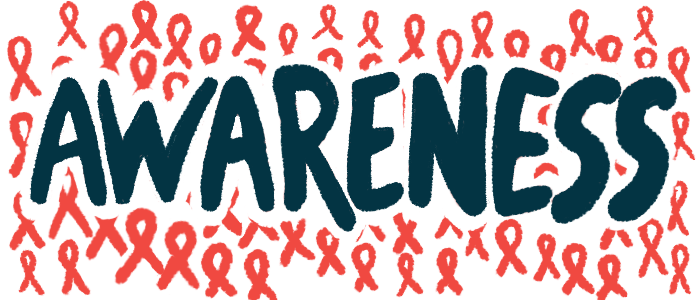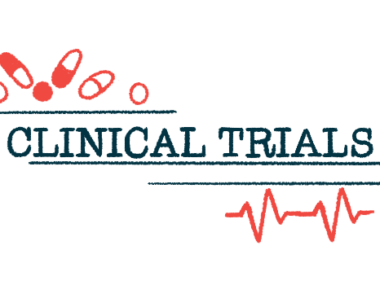World Hepatitis Day calls for efforts to eliminate hepatitis by 2030
Collaborative action needed to meet 2030 target set by WHO
Written by |

World Hepatitis Day, marked annually on July 28, seeks to raise awareness and help efforts to end viral hepatitis, a condition marked by liver inflammation caused by certain viruses.
The event “is a great opportunity for us to raise awareness of the importance of knowing your hepatitis status and to spread the word about treatment,” states the initiative’s webpage, sponsored by the World Hepatitis Alliance (WHA).
The theme for this year is “It’s time for action,” highlighting the need for collaborative action to eliminate viral hepatitis by 2030, a goal set by the World Health Organization (WHO) and its Pan American Health Organization (PAHO), WHO’s dedicated office to the Americas.
While tools to prevent, detect, and treat viral hepatitis are readily available, testing and treatment coverage rates have stalled, and deaths from these infections continue to rise each year. That’s according to the WHO’s 2024 Global Hepatitis Report, which included information from 187 countries.
Hepatitis ‘now the world’s deadliest virus, after COVID-19’
Current data showed hepatitis “is now the world’s deadliest virus, after COVID-19,” the World Hepatitis Day webpage states.
This year’s awareness day will feature several initiatives, including webinars and social media content by the WHA, its partners, and its 337 members across the world to raise awareness about viral hepatitis.
The WHA’s campaign offers suggestions that people can do that take one to 10 minutes, including sharing campaign graphics to contacts via Whatsapp or through social media using the hashtag #WorldHepatitisDay. Supporters are also invited to sign the Alliance’s pledge to help eliminate hepatitis.
They can also create posters and social media graphics to raise awareness about World Hepatitis Day, submit a 30-second video explaining what eliminating viral hepatitis means to them, and contact organizations to light up local monuments and landmarks in green.
The WHA also proposes holding events or webinars, advertising spaces, and setting up meetings with local policymakers.
The WHO’s campaign provides key messages related to hepatitis, its impact, and potential strategies to meet 2030 targets. People are also encouraged to help spread the word about World Hepatitis Day by sharing its social media posters and banners.
The WHO will broadcast the “Global hepatitis webinar” on July 29, 12:30-2:30 p.m. CEST (6:30 a.m.-8:30 a.m. EDT) that will focus on current and future efforts in the fight against viral hepatitis.
The webinar, which requires registration, will feature national and international leaders on viral hepatitis, national program managers and policy makers, organizations of the United Nations, along with members of the civil society.
The PAHO is also broadcasting a webinar called “It’s time for action,” today from 11:00 a.m. to 12:30 p.m., EDT, highlighting the goals and achievements to eliminate viral hepatitis in the Americas, in agreement with PAHO’s Communicable Disease Elimination Initiative. The webinar is being broadcast in English, Spanish, and Portuguese.
Hepatitis-causing viruses spread via contact with bodily fluids
The viruses that cause hepatitis B and hepatitis C, the most common types of hepatitis, are spread via contact with bodily fluids, most commonly through sex or needle-sharing, or from pregnant women to their babies at birth.
They can cause long-lasting infections that lead to irreversible liver scarring, or cirrhosis. With time, this can cause the liver to fail. Hepatitis is also a known risk factor for developing liver cancer.
To eliminate viral hepatitis by 2030, access to treatments and diagnostics must be expanded, according to the WHO. Disparities in pricing for health care remain a barrier for patients in many countries. Therefore, joint efforts to enhance access are paramount to prevent deaths from the disease.








